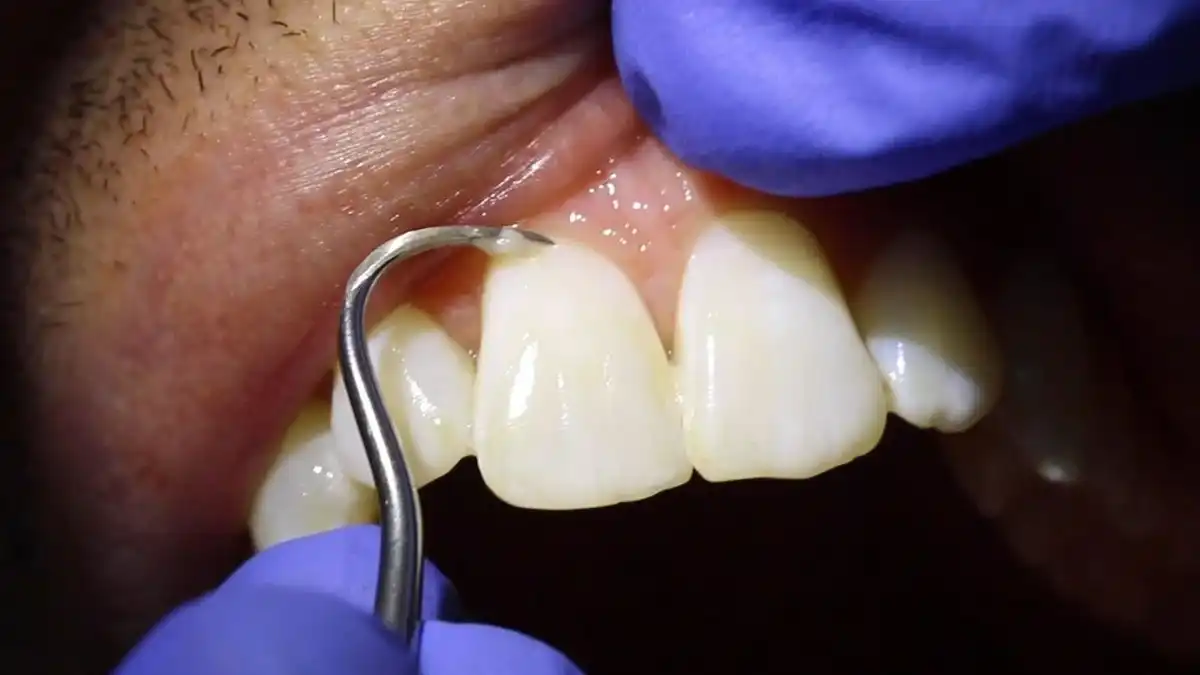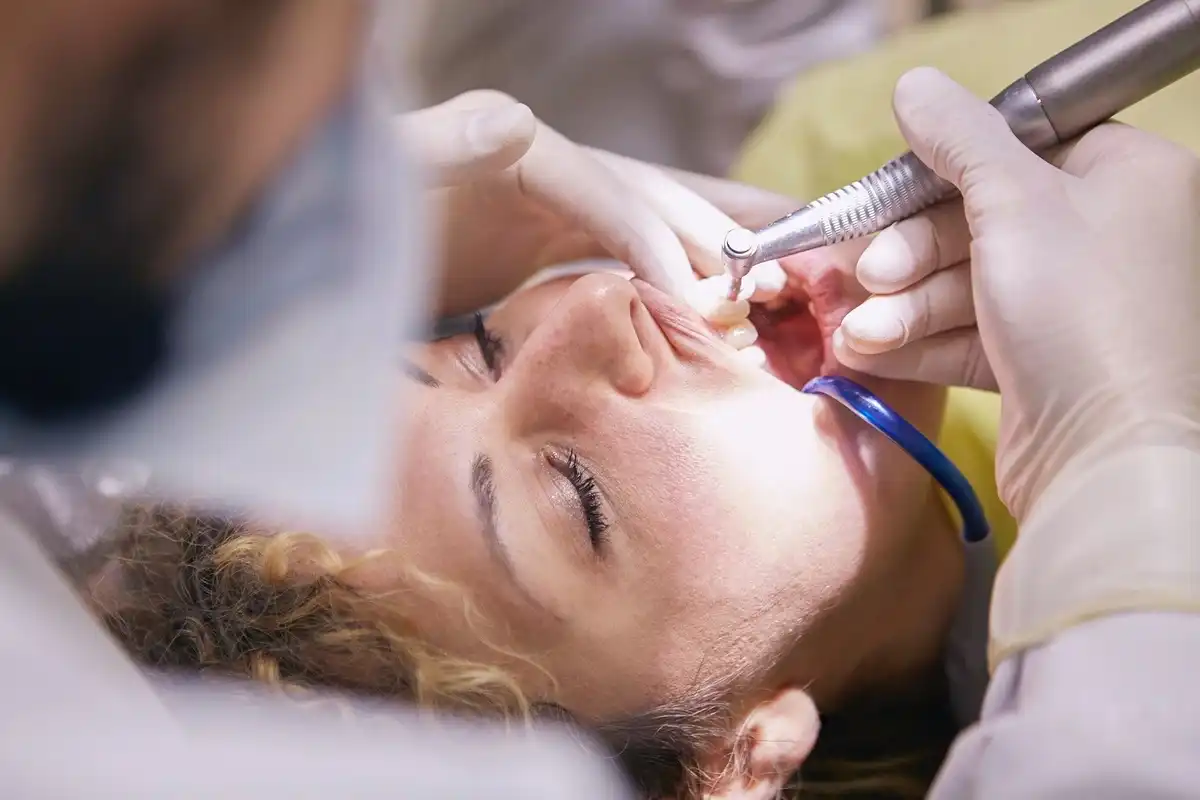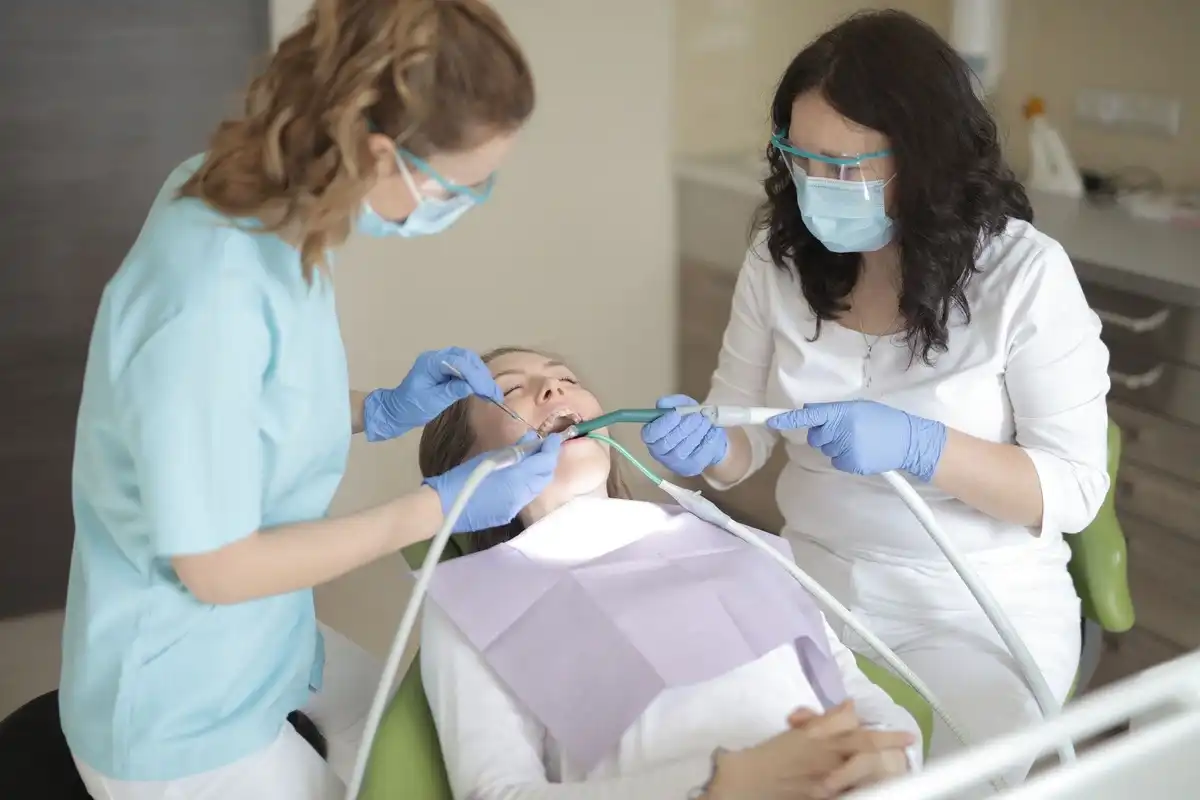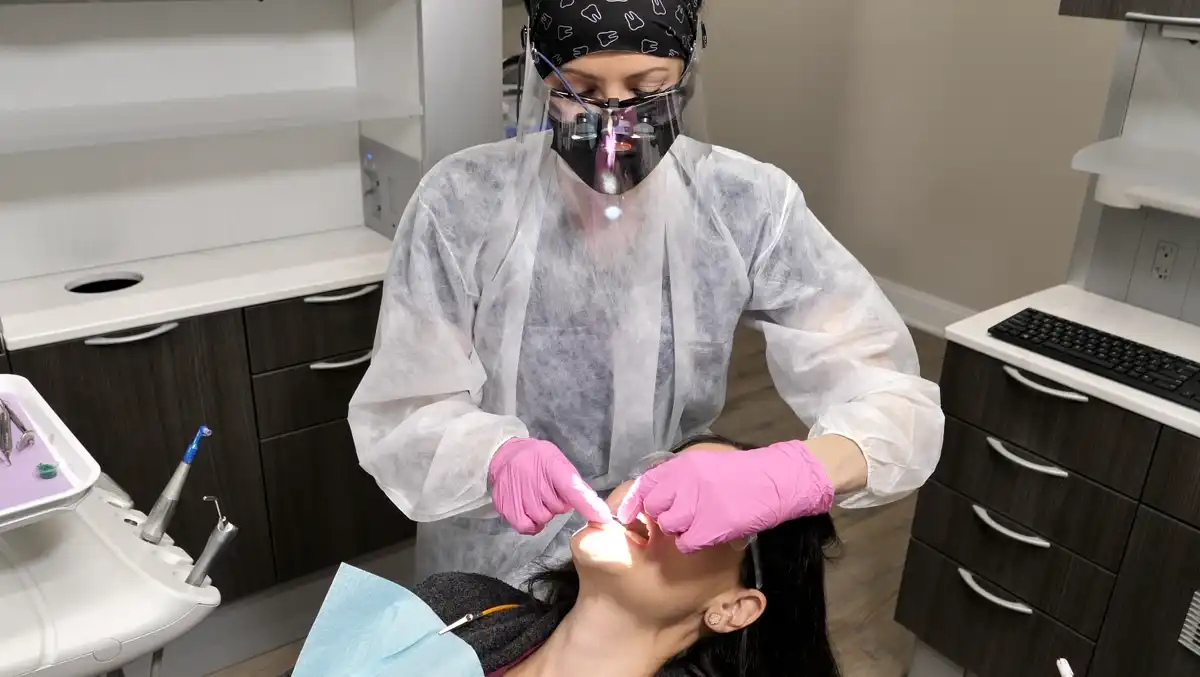Dental Assistant Versus Dental Hygienist

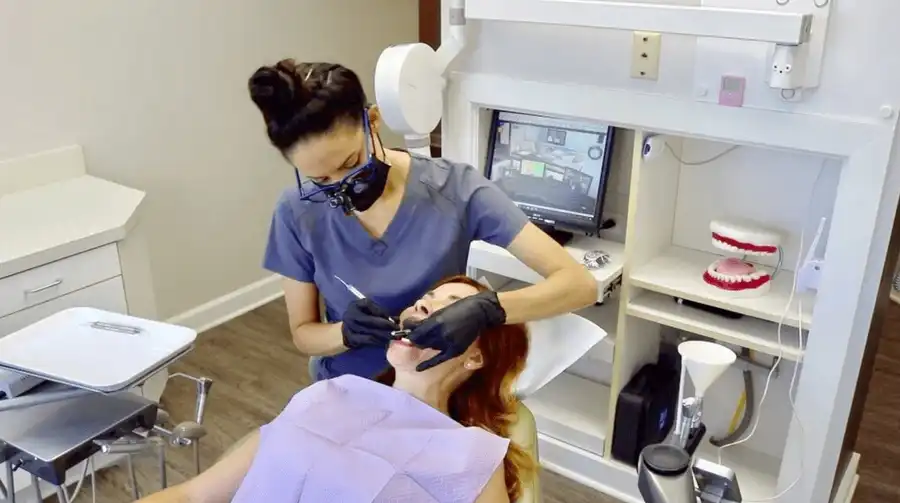
When you go to the dentist’s office to get your teeth cleaned or to have a filling, you probably see some of the same people every time. But those people don’t necessarily do — or are licensed to perform — the same types of job duties.
For example, a Dental Assistant vs. Dental Hygienist. Although they play both equally important roles, they both have different types of training, education, and even certification exams that they have to take through the state.
Dental Assistant
The first thing when comparing job duties of Dental Assistant vs. Dental Hygienists is that the assistant primarily works alongside the dentist. They’re there with you during filling treatments, root canals, getting you set up for a procedure, or acting as the dentist’s second set of hands.
You’ll also see dental assistants that “float” more. That is, they’ll be over the sterilization area and work upfront at the reception desk, as well as backing up the primary assistant if the dentist needs to see a patient in another room.
Most dental assistants have on-the-job training, but some of them go to special dental assistant schools, which is like a tech school that trains you on a specific skill. The typical dental assisting program is usually less than a year long.
Depending on which state you live in, some dental assistants are also required to pass special tests and be certified in specific skills, such as placing dental sealants, polishing the tops of your teeth, or taking X-rays.
If you’re someone who is interested in a career in dentistry but isn’t sure if you want to go all the way to become a dentist or dental hygienist, it’s easy to start out as an assistant and then go back to school later or work their way up to being the dental office manager. In fact, a lot of hygienists were assistants first (I was, too!) The average salary for a dental assistant is just over $36,000 per year.
Dental Hygienist
Dental hygienists also have a degree in — you guessed it — dental hygiene. On average, most dental hygienists spend about 4 years in college, with the average degree plan taking anywhere from 3-6 years. Just like nurses, they can get an associate or bachelor’s degree (depending on which college program you get into) and have about a year or two’s worth of science prerequisites that they have to take before they start hygiene school. Both degree levels are able to perform the same job duties and are paid around the same when it comes to salary (which is on average, around $74,000 per year.)

After graduating from dental hygiene school, hygienists have to sit for a national board exam and take a state clinical board. As in, 12+ hours of testing. Once they’re licensed, they have earned the credentials RDH, which is short for Registered Dental Hygienist.
Rarely do hygienists go back to school to become dentists; it’s not as common as assistants going back to become hygienists.
If you’re seeing a Dental Hygienist vs. a Dental Assistant, you’re probably getting your teeth cleaned. Hygienists usually aren’t the ones who are helping the dentist out with restorative treatments. Your hygienist is completely over preventative dental care and stopping dental issues from forming before you have to go to the dentist for treatment.
Difference Between Assistant & Hygienist
I joke about there being a hierarchy in the dentist’s office (with hygienists being the princesses, of course!) But in reality, everyone is equal and has important responsibilities.
Both Dental Hygienists and Dental Assistants play vital roles in the dentist’s office, but they are very different from one another. One works to help the dentist and coordinates with dental labs, while the other treats the patient directly and helps them keep their smile healthy. There ARE a few job duties that both a hygienist and an assistant will do, such as taking impressions, administering teeth whitening products, taking X-rays, or running sterilization.
If you’re interested in learning more about how to become a dental hygienist, be sure to check out my video about dental hygienists vs dentists!

Make your inbox smile!
Subscribe
